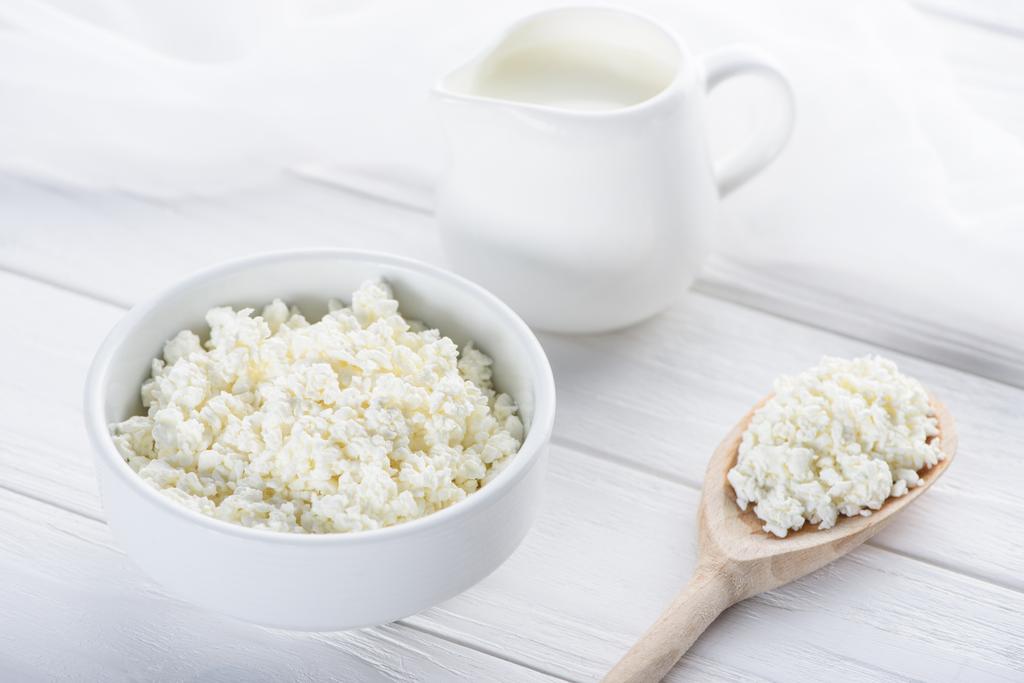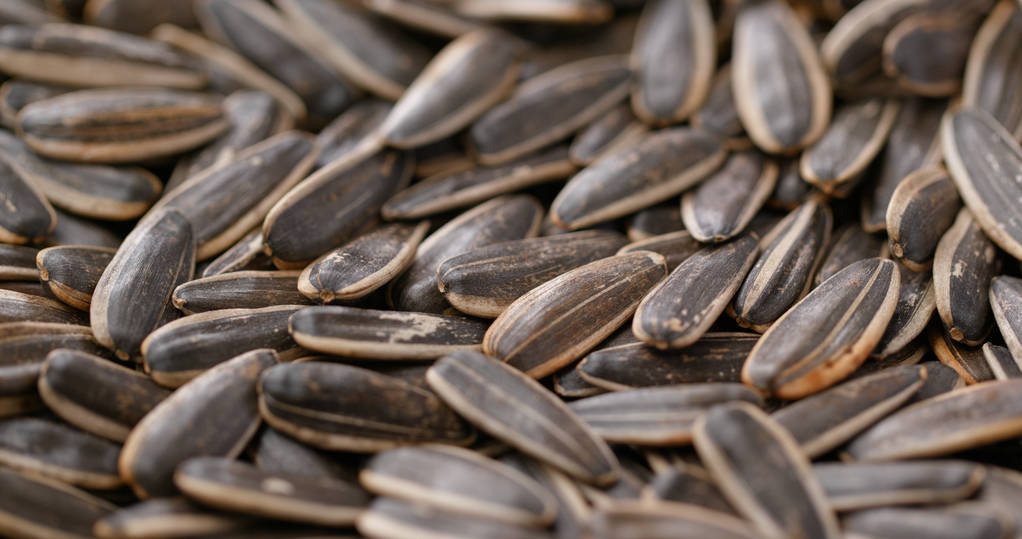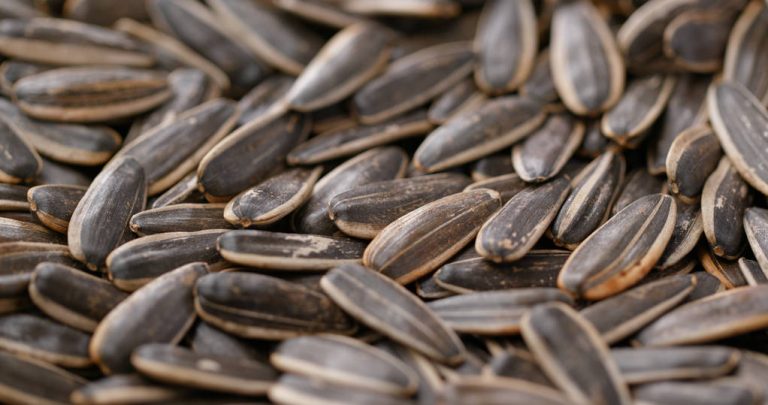Calcium is an essential mineral. It must be ingested through food. You don’t necessarily need milk for this, because many plant foods also contain calcium. You can find out what these are here.
Calcium: That’s why it’s important and that’s how much of it we need
The vital mineral calcium, together with phosphorus, is the most important building material for our teeth and bones. According to the Association for Independent Health Advice (UGB), 99 percent of the calcium in the body is in these hard tissues, the rest in blood and other tissue. There are also other functions that calcium performs in the body:
stabilization of the cell walls
Participation in the transmission of stimuli from nerves and muscle cells
Participation in the digestion of carbohydrates
important for the formation of some hormones
enzyme activation
The UGB explains that we excrete an average of 300 milligrams of calcium every day through sweat, urine and stool. To make up for this loss, we need to get calcium from food.
Guide values for calcium intake per day:
Infants: 220 mg to 330 mg depending on the exact age
Children: depending on the exact age 600 mg to 1200 mg
Adolescents: up to 19 years 1200 mg
Adults: 1000 mg
Pregnant and lactating women: 1000 mg
Adolescents in particular should therefore ensure that they have an adequate supply of calcium.
Dietary calcium intake
However, the absorption of calcium from food is not always optimal. According to the UGB, the body only absorbs around 20 to 40 percent of the calcium contained in a mixed diet. Some factors that influence intake are age, gender, hormonal balance or the composition of food.
For example, some plant compounds can inhibit the absorption of calcium from food. These include phytic and oxalic acid, which are found in rhubarb, spinach and beetroot. Together with calcium, these plant substances form complexes that are difficult to dissolve and cannot be utilized by the body as well. Coffee, alcohol, salt and protein also promote the excretion of calcium.
Another important factor that influences the absorption of calcium is vitamin D. Without sufficient vitamin D, adequate calcium intake is not possible. Vitamin D can be made by the body in the skin if it is exposed to enough sunlight. In winter, this can be a problem, especially in our latitudes.
Tip: In the winter months, it can be a good idea to take a vitamin D supplement after consulting a doctor, so that calcium absorption is also improved.
If the body does not get enough calcium, a calcium deficiency can occur with the following symptoms:
muscle cramps
tingling on the skin
Skin changes, such as dry patches of skin or eczema
Impaired horn formation, which can lead to hair loss and brittle nails
Cardiovascular problems, such as circulatory weakness or cardiac arrhythmia
Digestive disorders such as diarrhea
If the calcium deficiency lasts longer, osteoporosis can occur, i.e. decalcification of the bones.
Calcium sources: Not only milk, but also plant foods
Calcium in food cannot be fully absorbed by the body. That’s why it’s difficult to give exact recommendations for consumption that you can use to cover your calcium needs. It is advisable to eat a variety of different foods that contain calcium.
Also make sure that your vitamin D requirements are covered and have a doctor examine you if you suspect a calcium deficiency. You can compensate for a slight calcium deficiency by eating more foods containing calcium. If the deficiency is severe, a calcium supplement may be recommended.
Calcium is mainly found in the following food groups:
Dairy products
legumes and cereals
vegetables
nuts and seeds
Calcium-rich foods: dairy products
When shopping, choose dairy products that carry a recognized organic seal, so that you support species-appropriate animal husbandry.
Calcium content in mg per 100 g of food according to the umbrella organization for osteoporosis support groups:
Emmental (45%): 1200 mg
Parmesan: 1100 mg
Gouda (45%): 800 mg
Edam (40%): 800 mg
Goat cheese: 700 mg
Whole milk: 120 mg
Camembert (45%): 600 mg
Buttermilk: 109 mg
Sheep cheese: 500 mg
Mozzarella: 480 mg
Kefir: 120 mg
Yoghurt (3.5%): 120 mg
Low-fat quark: 90 mg
Tip: If you buy plant-based milk alternatives, make sure they are fortified with calcium.
Foods containing calcium: legumes and cereals
For example, there are so many mg of calcium in 100 g of the following legumes:
Soybeans: 200 mg
Chickpeas: 120 mg
white beans: 115 mg
Tofu: 100 mg
green beans: 60 mg
You can also find some calcium in cereals. There are so many mg of calcium per 100 g of food:
Amaranth: 200 mg
Quinoa: 80 mg
Oatmeal: 50 mg
Wholemeal spelled bread: 24 mg
Tip: Soak dried legumes and raw grains overnight before cooking. In this way you reduce the content of phytic acid, which can inhibit the absorption of calcium.
Foods containing calcium: vegetables
Green leafy vegetables in particular can provide you with a good supply of calcium.
For example, there are so many mg of calcium in 100 g of the following foods:
Kale: 210 mg
Broccoli: 185 mg
Arugula: 160 mg
Spinach: 120 mg
Fennel: 110 mg
Leek: 80 mg
Kohlrabi: 70 mg
Tips:
You can improve calcium absorption from vegetables by blanching them. This reduces the content of oxalates and phytates in vegetables, which inhibit calcium absorption.
Incidentally, fruits also contain some calcium, for example dried figs (190 mg calcium per 100 g) and olives (95 mg calcium per 100 g).
Calcium-rich foods: nuts and seeds

Adding nuts and seeds to your meals can further increase the calcium content.
This is how many mg of calcium is in 100 g of the following nuts and seeds:
Poppy: 1450 mg
Sesame: 730 mg
Almonds: 250 mg
Hazelnuts: 220 mg
Walnuts: 85 mg

